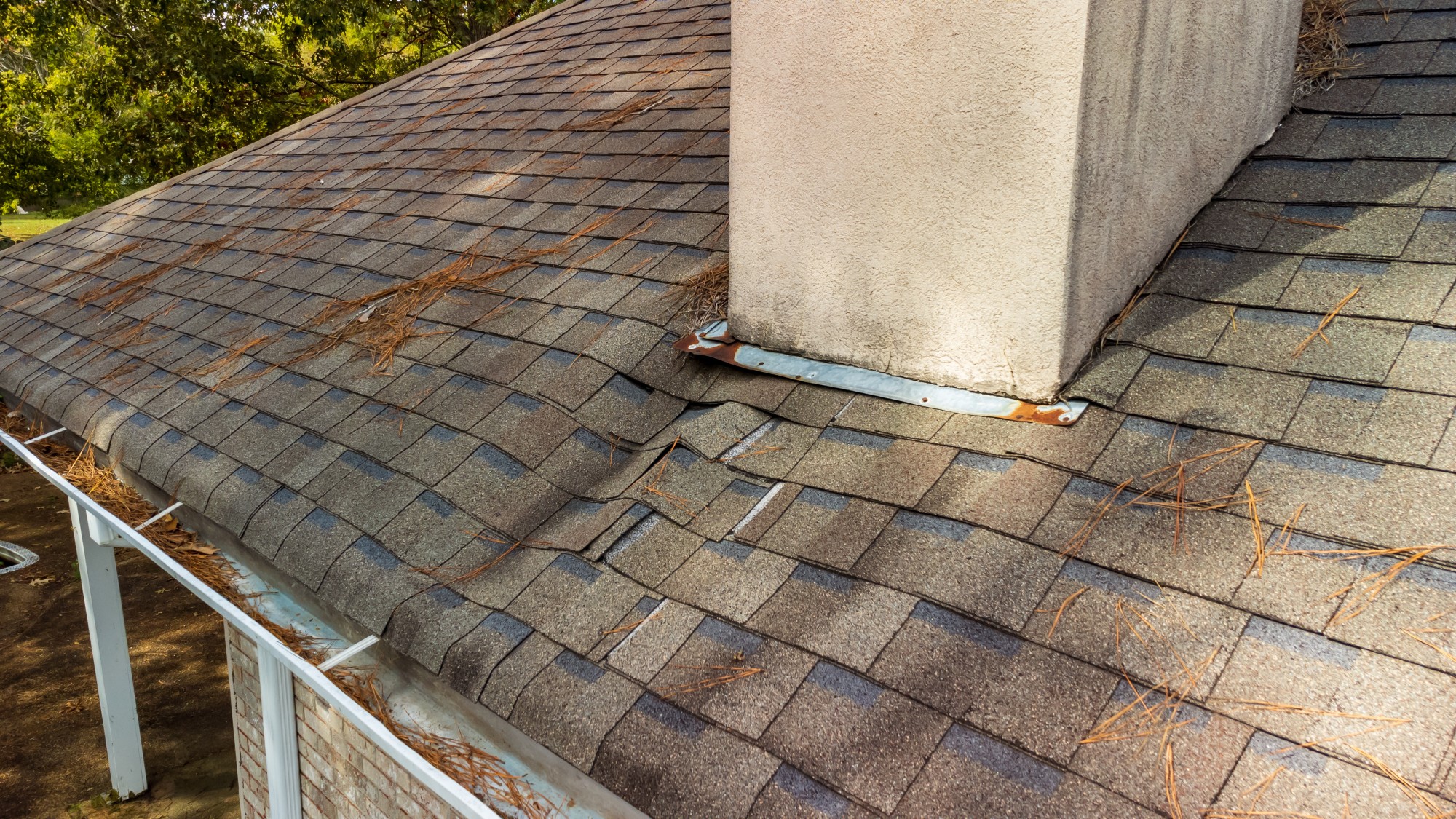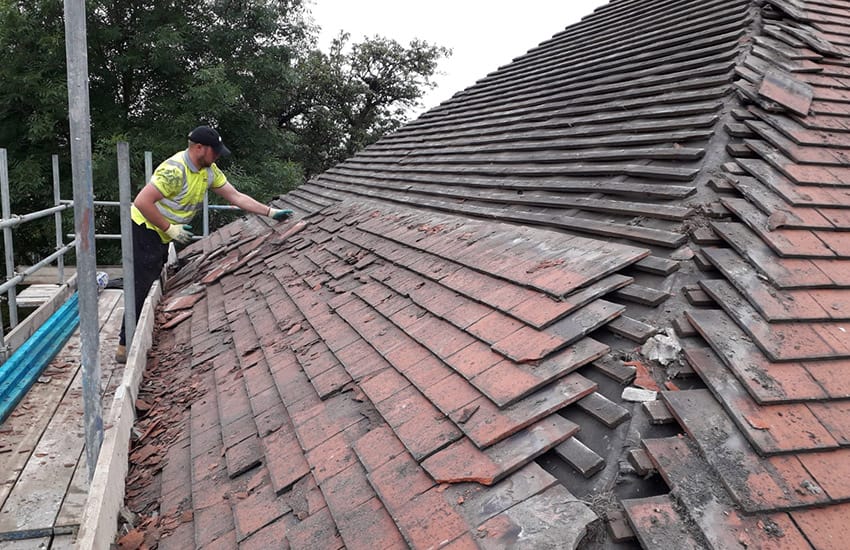Roofing Companies Oahu: Trusted Professionals for Your Roofing Requirements
Roofing Companies Oahu: Trusted Professionals for Your Roofing Requirements
Blog Article
Recognizing the Various Kinds Of Roofings: A Comprehensive Guide for Homeowners
In the realm of homeownership, choosing the ideal roofing style is a choice that carries considerable effects for both capability and visual allure. With a variety of alternatives-- varying from the traditional gable to the modern level-- each type provides distinct benefits and obstacles that ought to straighten with the house owner's particular requirements and environmental considerations. Recognizing these differences not just aids in making an informed choice yet likewise influences long-lasting maintenance and power performance. As we explore the complexities of different roofing types, it becomes obvious that one dimension does not fit all; the appropriate option may surprise you.
Gable Roof Coverings
Gable roof coverings, identified by their triangular shape, are amongst the most prominent roofing designs due to their simpleness and effectiveness in dropping water and snow. This layout includes two sloping sides that satisfy at a ridge, permitting for effective water drainage and minimizing the threat of water buildup. The steep pitch commonly connected with gable roofings improves their capacity to handle hefty precipitation, making them ideal for numerous climates.
Along with their functional benefits, saddleback roofs offer visual convenience. They can be adjusted to various building styles, from traditional to modern-day homes. The design can additionally fit extra functions such as dormer home windows, which improve natural light and air flow in the attic room space.
In addition, saddleback roofs supply ample area for insulation, adding to power performance. Homeowners can pick from a range of roof covering products, consisting of asphalt roof shingles, steel, and tiles, even more improving personalization choices.
Regardless of their advantages, gable roof coverings might call for added assistance in locations vulnerable to high winds or heavy snowfall. In general, the saddleback roof remains a preferred choice due to its mix of functionality, sturdiness, and visual charm.
Flat Roofs
Flat roofs are frequently recognized for their minimalist layout and sensible applications, specifically in industrial and business settings (oahu roofing). These roof coverings feature a horizontal or almost horizontal surface, which permits very easy building and construction and flexible area usage. While they might lack the visual allure of angled roofs, flat roofings offer numerous advantages, specifically in urban atmospheres where taking full advantage of area is crucial
Among the primary benefits of level roof coverings is their ease of access. House owners can utilize the roofing space for numerous functions, such as roof gardens, terraces, or solar panel setups. In addition, flat roofings are usually extra cost-effective to preserve and set up compared to their sloped equivalents, as they need fewer products and labor.
Nonetheless, level roofs do present certain challenges. Appropriate drain is crucial to stop water pooling, which can bring about leakages and structural damages. Therefore, choosing high-quality waterproofing materials and regular assessments are crucial for ensuring long life. Typical materials used for level roofs include built-up roofing (BUR), customized bitumen, and single-ply membranes, each offering unique advantages. Generally, level roofing systems work as a functional and adaptable selection for several homeowners and organizations alike.
Hip Roof Coverings
Hip roofing systems are defined by their sloped sides that merge on top, forming a ridge. This design stands out from gable roofs, as all 4 sides of a hip roofing incline downwards toward the walls, supplying an extra secure structure. The angle of the inclines can vary, enabling flexibility in building aesthetic appeals and capability.
Among Get More Info the primary benefits of hip roof coverings is their capacity to endure heavy winds and negative climate condition. The sloped surfaces make it possible for far better water drainage, minimizing the threat of leakages and water damages. Furthermore, hip roof coverings supply enhanced attic room area, which can be used for storage and even converted into comfortable locations.
Nevertheless, building a hip roofing can be more complex and costly than simpler roofing system kinds, such as saddleback roofs. The extra product and labor included in creating the slopes and guaranteeing proper architectural honesty can lead to greater costs. Regardless of these disadvantages, many property owners prefer hip roofs for their toughness, aesthetic allure, and potential for energy efficiency.
Mansard Roofings
Mansard roofs, typically identified by their distinct four-sided style, feature 2 slopes on each side, with the lower slope being steeper than the top. This architectural design, stemming from France in the 17th century, is not just visually appealing but practical, as it makes the most of the usable area in the upper floorings of a structure. The high reduced slope enables more clearance, making it an excellent choice for attic rooms or loft spaces, which can be transformed into living rooms.
Mansard roof coverings are characterized by their adaptability, suiting numerous building styles, from traditional to contemporary. They can be constructed with various products, including asphalt roof shingles, slate, or metal, providing homeowners with a variety of choices to suit their preferences and spending plans. Additionally, the layout enables the assimilation of dormer home windows, enhancing natural light and ventilation in the top special info degrees.
However, it is vital to think about the potential downsides. Mansard roofing systems might need even more maintenance as a result of the intricacy of their style, and their high inclines can be challenging for snow and rain overflow. Generally, mansard roofing systems incorporate beauty with functionality, making them a preferred option among home owners seeking distinctive architectural features.
Lost Roofing Systems
As homeowners significantly look for simpleness and functionality in their architectural styles, shed roofings have actually become a prominent option. Defined by a solitary sloping aircraft, a shed roof covering offers a minimal visual that matches numerous home designs, from contemporary to rustic.
Among the main benefits of a shed roofing is its simple building and construction, which often converts to reduce labor and product prices. This style permits efficient water drainage, decreasing the risk of leaks and water damage. In addition, the vertical incline gives enough space for skylights, improving natural light within the inside.
Shed roofings also supply convenience in terms of use. They can be effectively integrated into enhancements, garages, or outside structures like sheds and pavilions. Furthermore, this roof style can suit various roofing materials, including steel, asphalt tiles, or also eco-friendly roofings, lining up with environment-friendly efforts.
Nevertheless, it is important to consider regional environment conditions, as heavy snow lots may require modifications to the roof's angle or structure. In general, shed roofs provide a sensible and aesthetically pleasing alternative for homeowners wanting to make the most of performance without compromising design.
Conclusion


Gable roofs, characterized by their triangular shape, are among the most popular roof covering styles due to their simplicity and performance in losing water and snow. oahu roofing. The high pitch frequently connected with gable roofs boosts their capability to deal with heavy precipitation, making them suitable more information for various environments
While they might do not have the aesthetic appeal of pitched roof coverings, level roof coverings use many benefits, especially in metropolitan environments where optimizing room is critical.

Report this page